A Pilgrimage to the Ruins of Tamagusuku Castle
Follow in the footsteps of Ryukyu kings with a journey to ruins steeped in myth
Nanjo is a city in the southeast of Okinawa’s main island. It is also the location of Sefa Utaki, a World Heritage Site, and Kudaka Island, considered the island of the gods. In myth, Amamikiyo is the goddess that created the Ryukyu Islands, and there are many sacred sites in this area. Ryukyu kings and royals used to undertake agariumai, or “eastward pilgrimages,” to these holy places. Tamagusuku Castle, a stone fortification overlooking the Pacific Ocean, was one of these places of pilgrimage and worship. Today, visitors can get a sense of local history while walking around the ruins of the castle, and are rewarded with panoramic views.
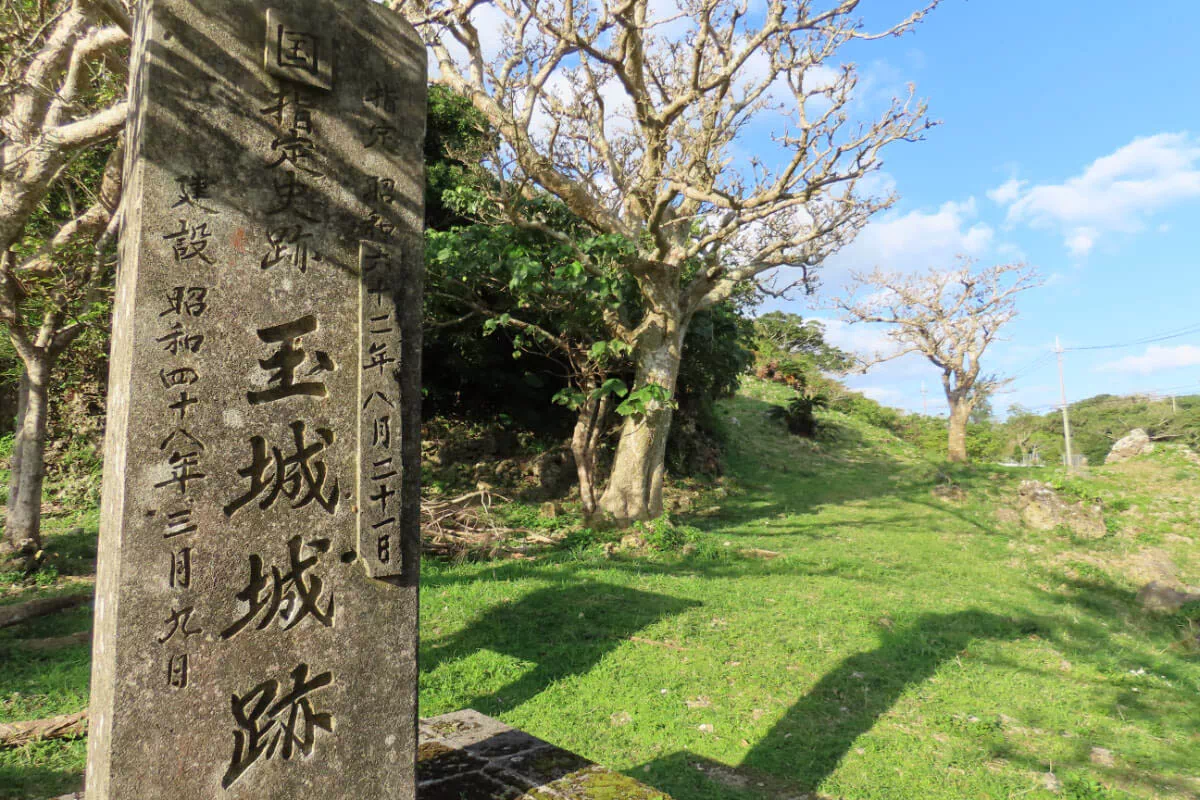
A castle built by a goddess
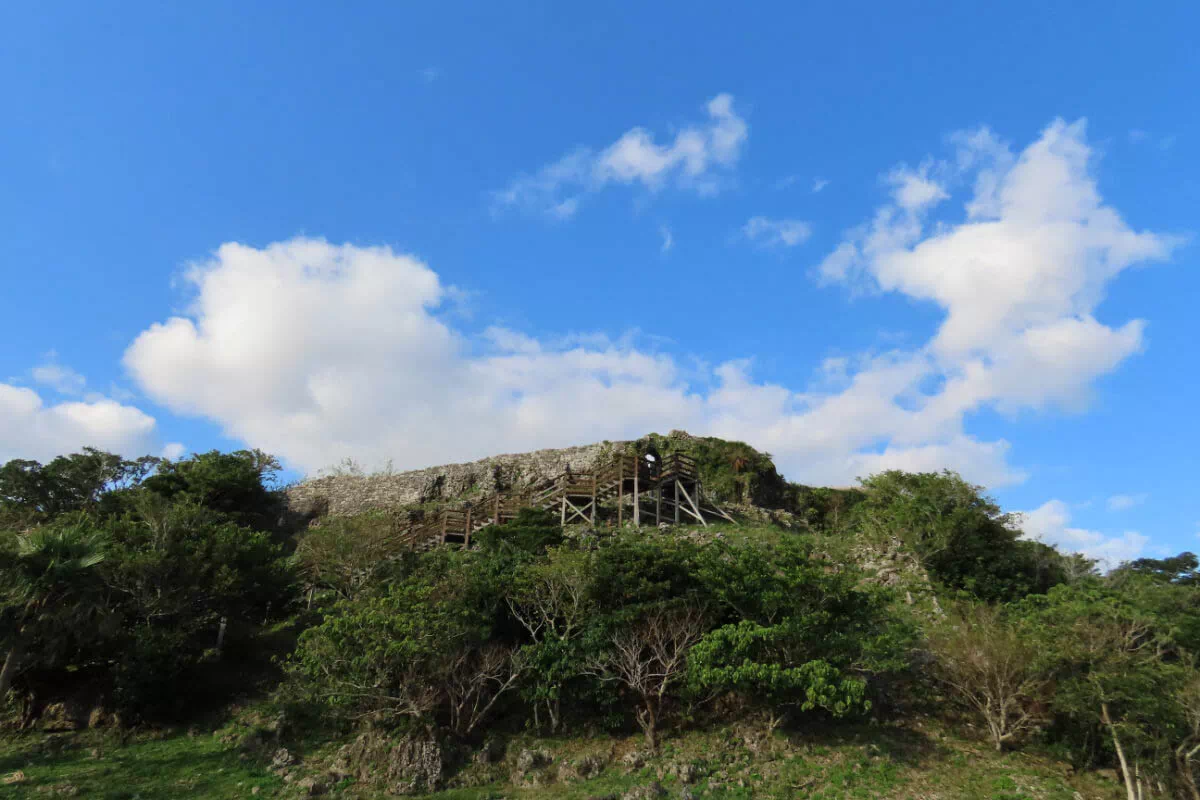
The history of Tamagusuku Castle is not clear, but local legends hold that it was built by the deity Amamikiyo. They came from the utopia called Niraikanai, located far east of the sea, then built the castle, raised children, planted rice, and created the world for people. The islanders called Amamikiyo the soleishin (or “ancestor spirit”) and worshipped at sacred sites while offering their prayers for peace and bountiful harvests.
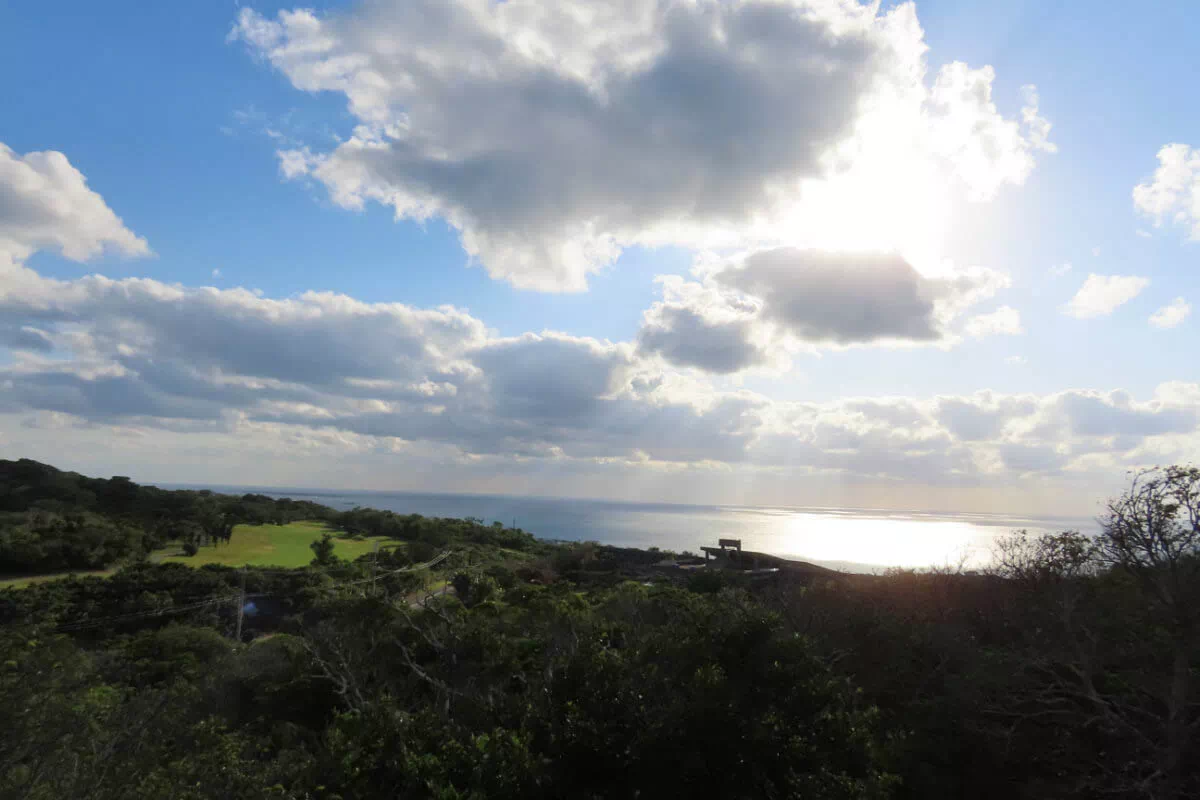
Religious ceremonies are always conducted facing east, toward Niraikanai, and there is a special connection with the sun which rises from the east as well. Agariumai began at Shurijo Castle, from where pilgrims would journey to the various sacred spots around Nanjo City, like Tamagusuku, Chinen, and Sashiki. Originally, agariumai was an event for the king to pray for the prosperity of the kingdom and its abundant harvest, and it spread from the royal family to the warrior class, and the common people. Nowadays, the ruins of Tamagusuku Castle are the perfect place for strolling and exploring.
The road to Tamagusuku Castle
The course of the agariumai was a well-trodden route in the Ryukyu Kingdom. Starting from the Sonohyan Utaki Stone Gate beside Shurijo Castle, pilgrims would walk to places of worship in Yonabaru and Sashiki. They would continue to the Chinen area and its sacred places, before reaching Sefa Utaki. After that, they visited Chinen Castle and other spots before concluding at Tamagusuku Castle. The route visited a total of 14 sacred places.
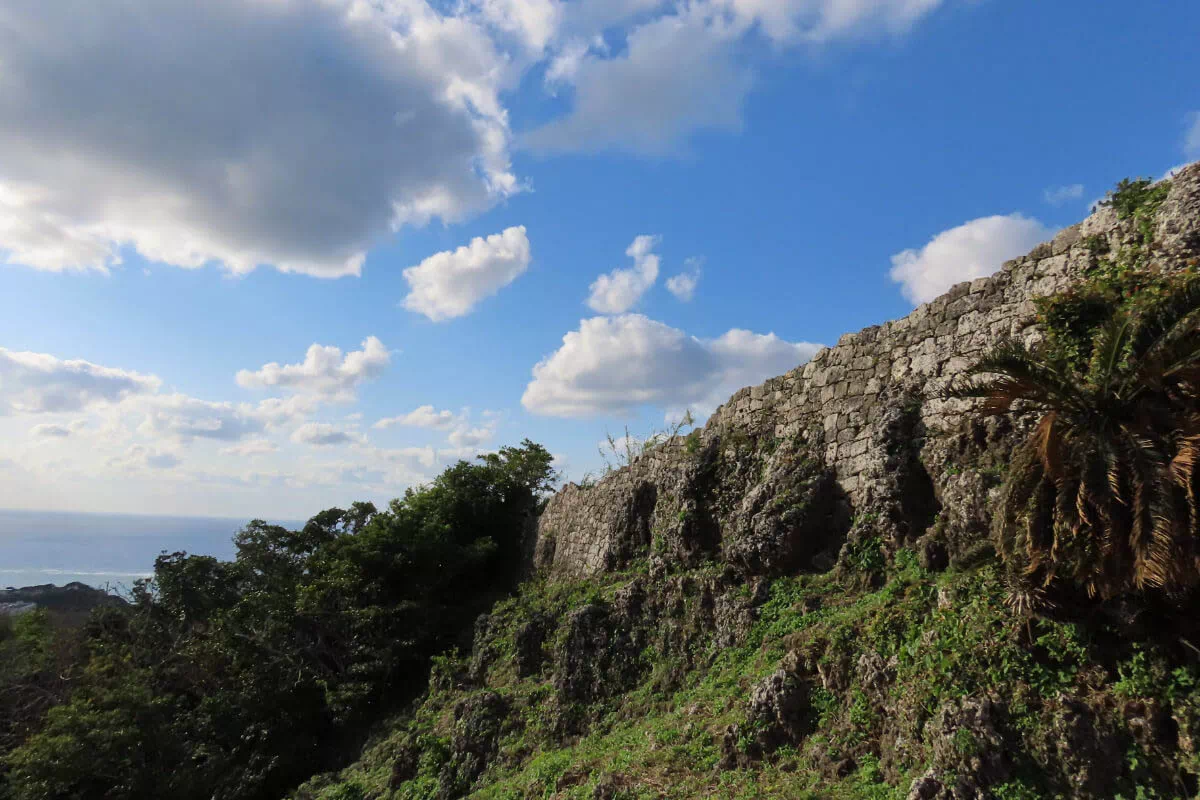
Today, visitors can stroll up and see parts of the original ramparts of Tamagusuku Castle on the hilltop. The rocks that made up much of the lower sections of the castle were removed and repurposed for the construction of American bases after WWII. In these lower sections only the foundations remain. Walking through the ruins gives visitors the opportunity to consider its history.
Designed with consideration for the sun’s movements
The most distinctive feature of Tamagusuku Castle is the stone gateway. It has a round opening through which to pass. During the summer solstice, sunlight from the dawn beams through the gateway. During the winter solstice, the warm light of the sunset illuminates the gateway. Year round, visitors can enjoy the views from the gateway and the castle grounds. Gaze out over Kudaka Island and the tranquil rural landscape of southern Okinawa. Before leaving the castle site, pause at the small altar of worship, Amatsuzu Utaki, where the Ryukyu kings once prayed for rain during droughts.
Tamagusuku Castle Site gives the perfect opportunity to discover more about Okinawa’s history, and a chance to connect with the spiritual side of the Ryukyu Kingdom.






















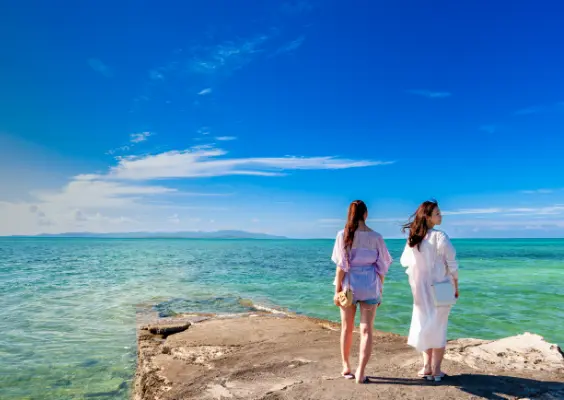
 Facebook
Facebook Twitter
Twitter Copy URL
Copy URL


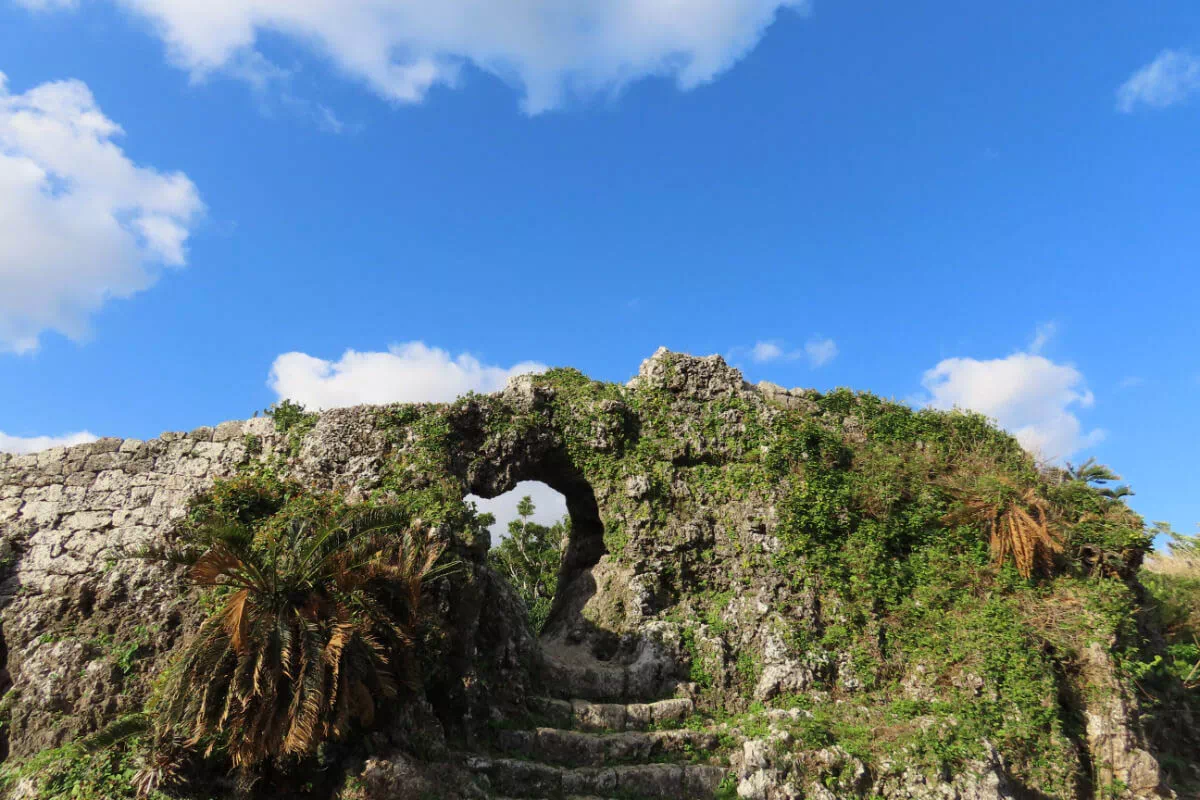
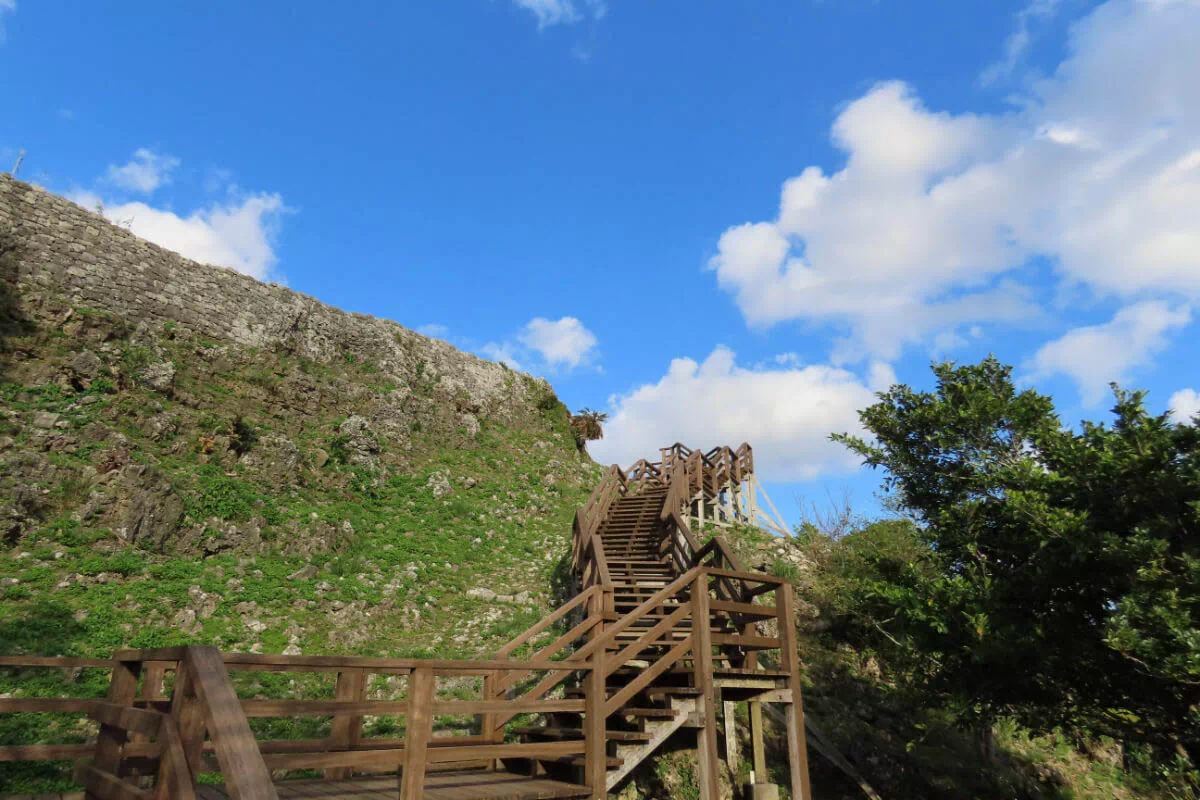
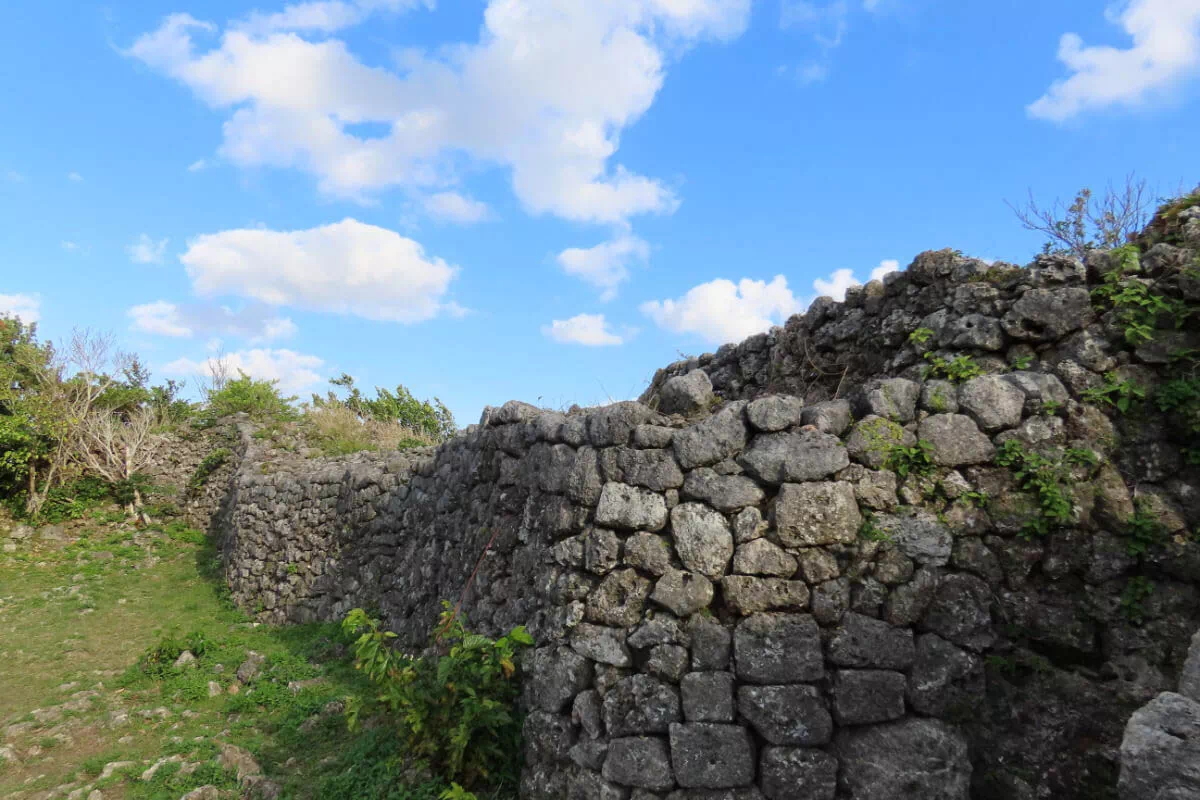
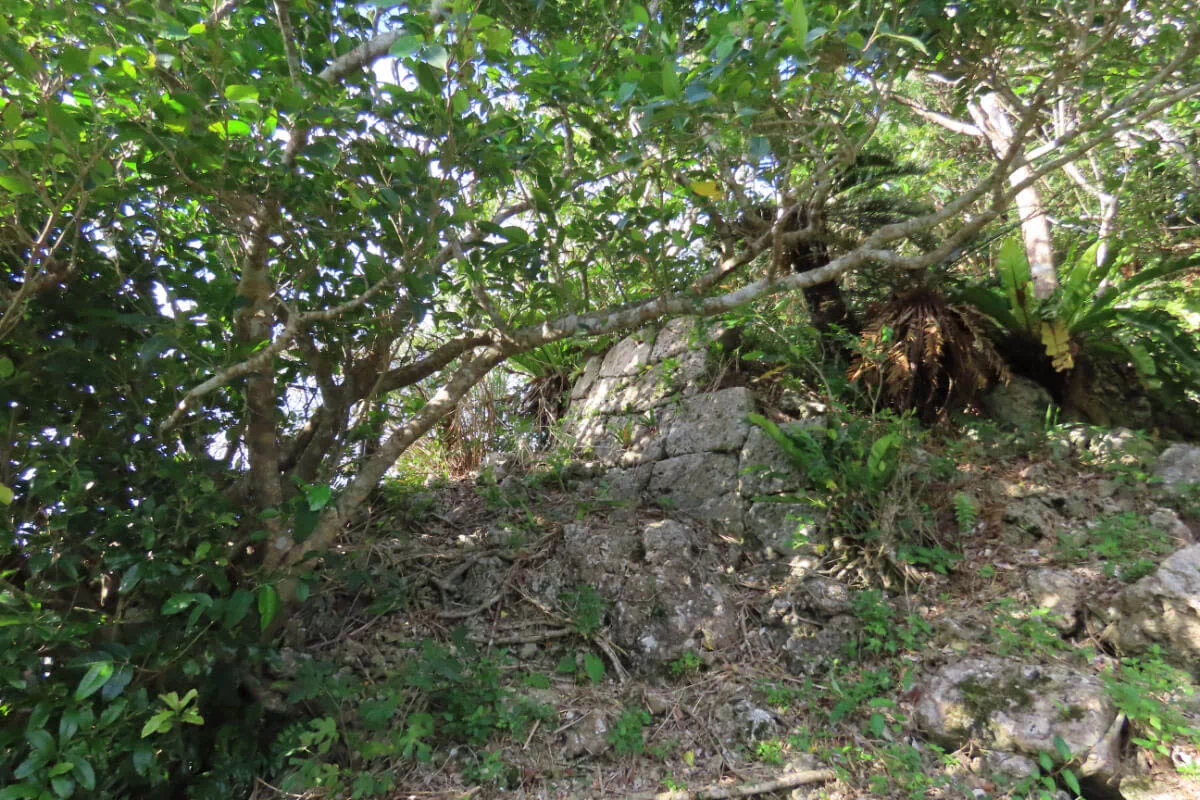
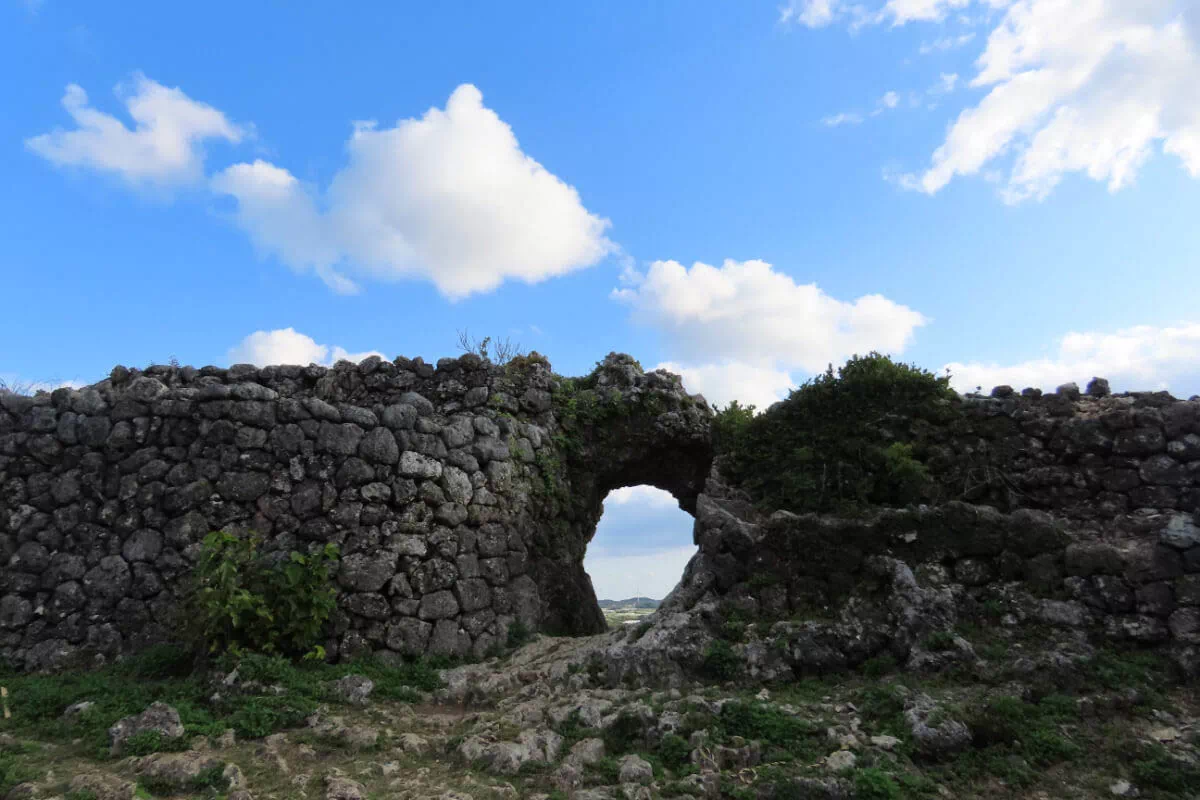
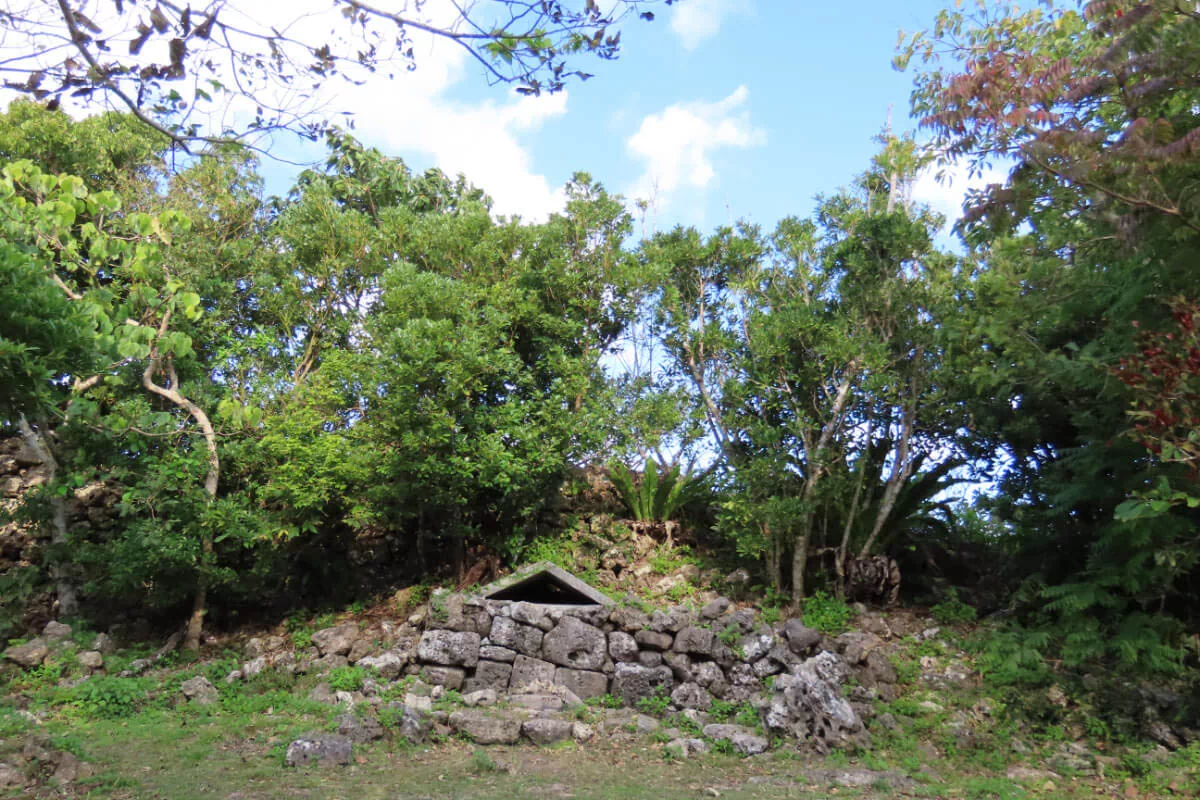
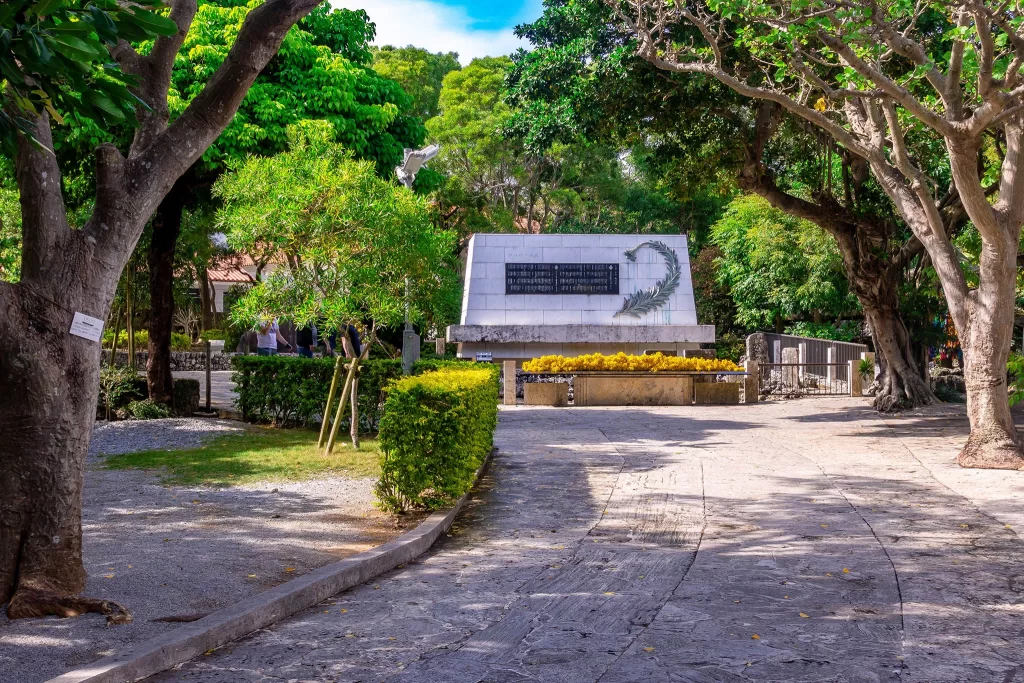
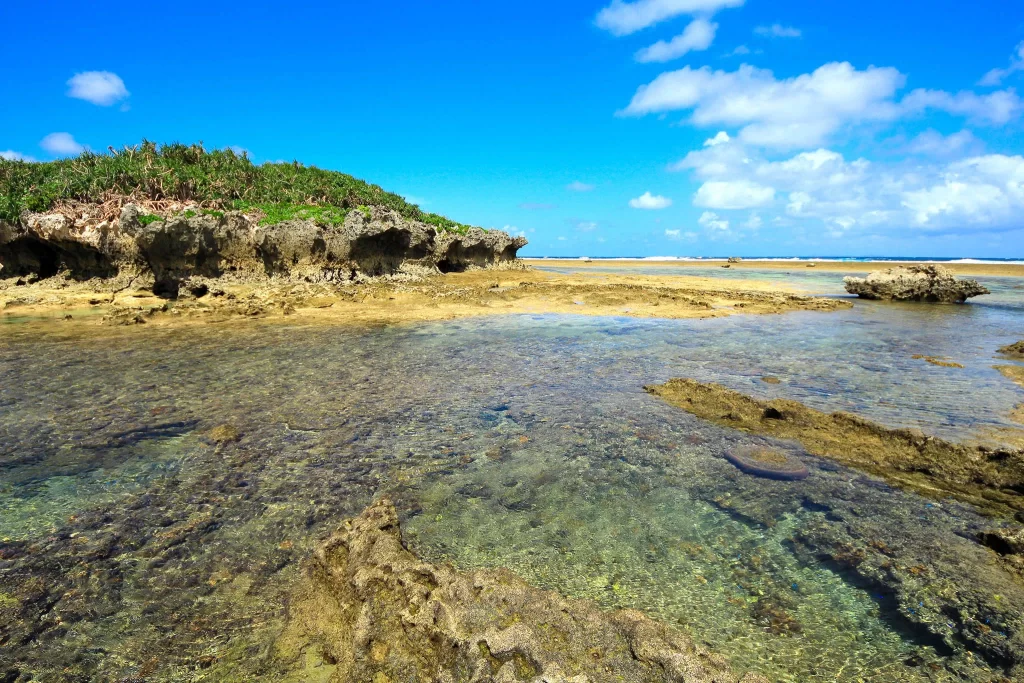
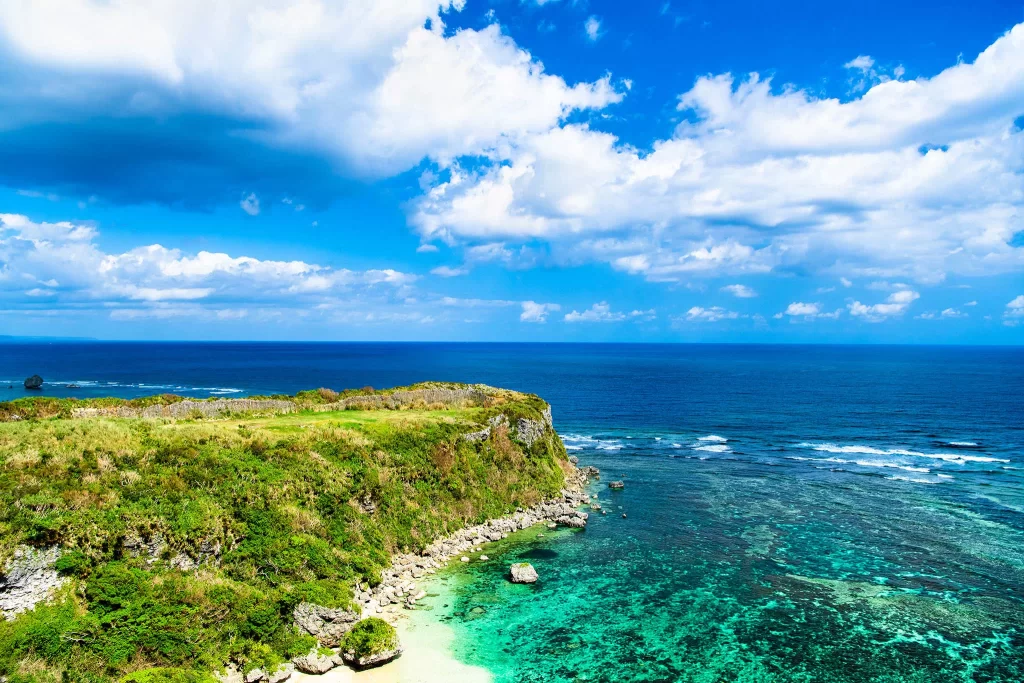
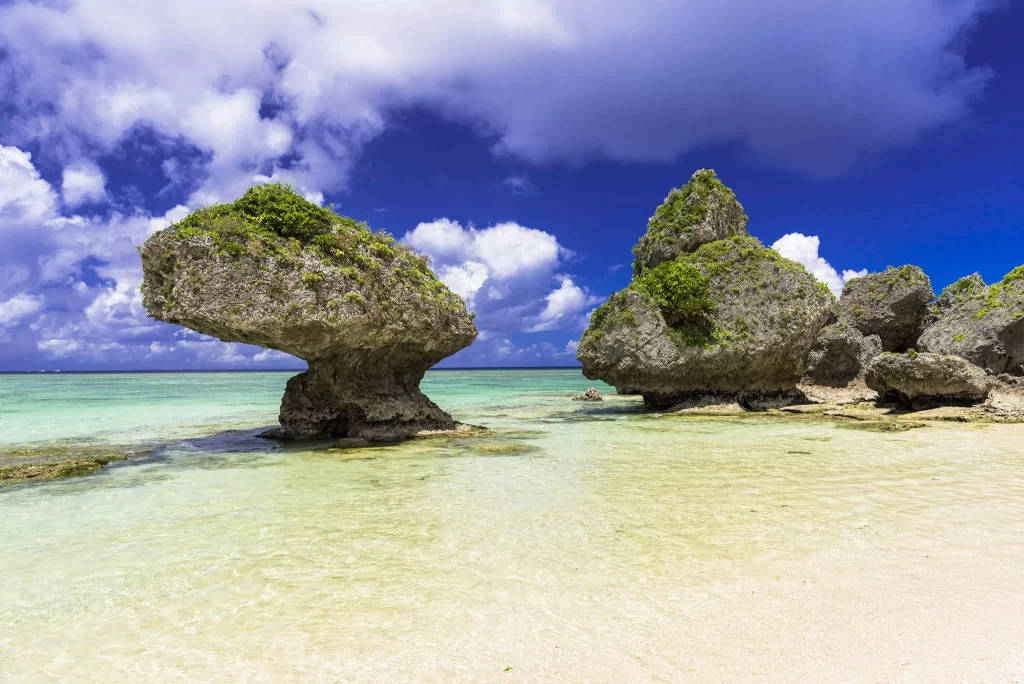
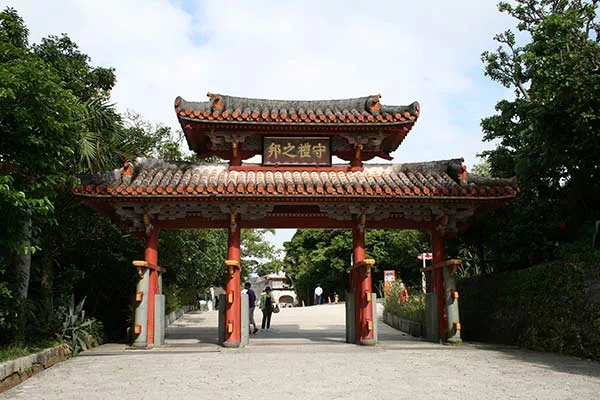
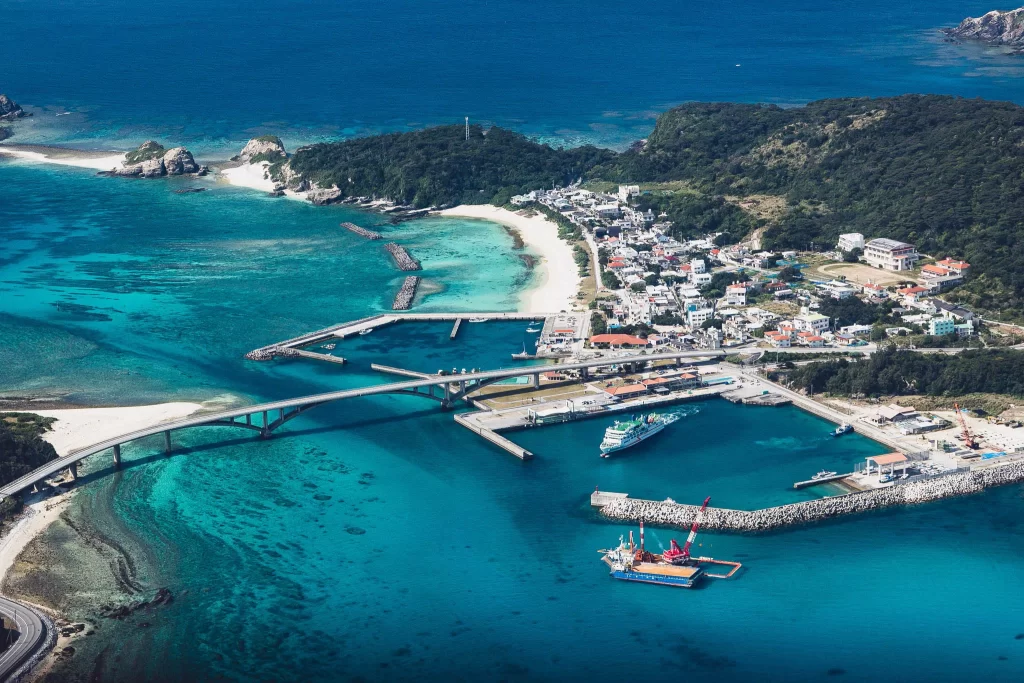
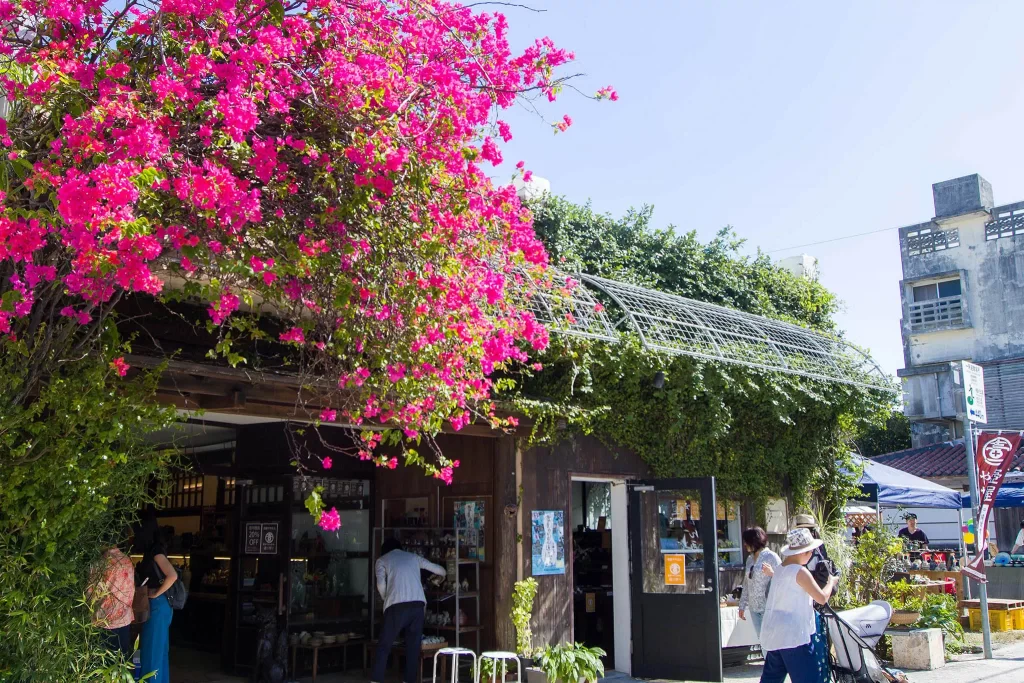

Last updated 2021/12/20
Text by Kei Itaya
Magazine editor, writer, newspaper journalist in Tokyo and NYC for more than 15 years. Returned to her hometown of Okinawa in 2019.